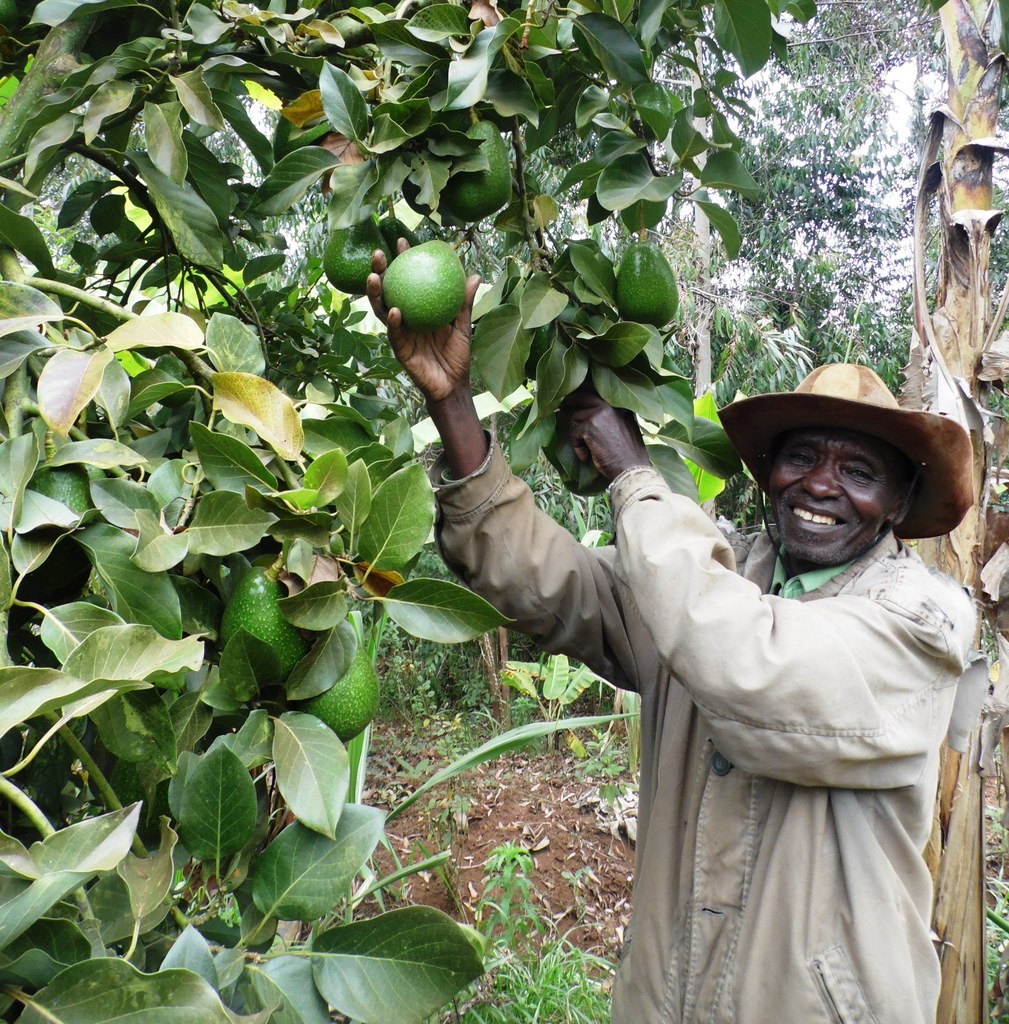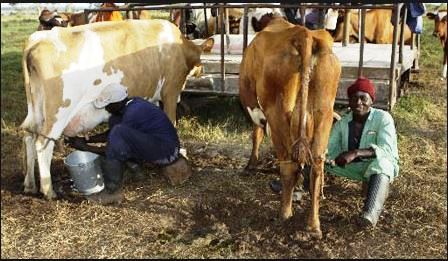
A trader wit maize bags for sale. Maize in Loitoktok si selling at the lowest price in Kenya. Photo by The Star.
As consumers continue paying an average of Sh4,510 per 90kg bag in major towns in Kenya, those in Kajiado County’s town, Loitoktok, are paying the lowest price of Sh3,800.
Suggestions indicate that the town, which is close to Tanzania, may be enjoying the low cost due to smuggling.
Although there are not official records of the entry of the maize from Tanzania, the cost of the commodity in some towns in the neighbouring country may be tempting for traders who may want to make profits.
The cost of the same quantity of maize in Dodoma for example is Sh3,009, according to the Regional Agricultural Trade Intelligence Network, RATIN.
The low cost is not, however, uniform in Tanzania. RATIN says the cost of the same bag in Iringa town is Sh5,358. This price is even higher than Kenyan towns.
Maize flour prices have doubles in Kenya this year as a result of an acute shortage. Kenya experienced a four-month drought from late 2016 causing a rise in commodity prices.
Maize is a staple food for most families in the country. Due to the prolonged drought, pastures depreciated and the cereal became the main source of food for both humans and animals. The cost of a 2kg packet of maize flour reached Sh180 by the end of April.
At wholesale, a 90kg bag of maize is selling at Sh4,600 in Nairobi, Sh4,750 in Mombasa and Sh5,200 in Kisumu.
The same quantity is selling at Sh4,000 in Nakuru and Eldoret, Sh4,000. In Kitale, the bag is costing Sh4,400 while the same is earning Sh4,500 in Embu, according to the latest commodity price watch from the Ministry of Agriculture’s Food Authority department.
READ ALSO: Fruits buy maize for farmer's family
READ ALSO: Maize price may remain high with worm invasion
READ ALSO: Olerai's Tego maize matures in 75 days for fresh green market
The maize crisis in Kenya and indeed Africa may deepen with the invasion of the fall armyworm, which can destroy up to 100 per cent of the crop if uncontrolled. The pest from the American continents has colonised more than 10 countries in Africa since it was first detected in Nigeria in January 2016.
In Kenya, the Rift valley, Western and Nyanza regions are already invaded. It may be reported in central regions in a few weeks. The moth stage of the pest spreads at a speed of about 100km per day.
Write comment (0 Comments)
















